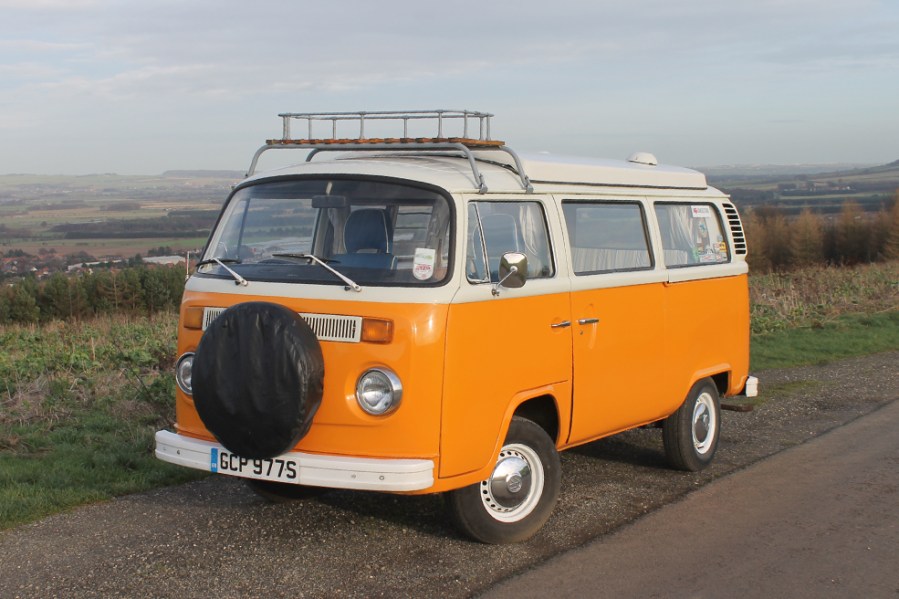Dreaming about hitting the road on a camping trip? That dream might include the famous Volkswagen Camper, but you’ll need to buy carefully
Words: Chris Randall
The word iconic is often overused, but if any vehicle deserves it then it might just be this one. The subject of this month’s guide has been around for more than seventy years, and it’s been both a source of motoring enjoyment and acted as something of a cultural touchstone. Ask someone to imagine the transport of choice for hippies and surfers and it’s likely to be this that comes to mind.
We should clarify the name before going further, though. When it arrived in 1950 it was known as the Type 2 and it was only in 1990 that VW renumbered things so these early split-screen vans became the Type 1 (previously used for the Beetle) with the ‘Bay Window’ version launched in 1967 becoming the Type 2. The T1 ‘splittie’ was pretty basic and mustered barely 25bhp although larger air-cooled engines and more power came later.
German production lasted until 1967 when the T2 arrived, losing the split windscreen but gaining all manner of improvements from more space and 12-volt electrics to improved suspension and more powerful engines. Production didn’t finally end in Brazil until 2013. Along the way came various camper conversions from the likes of Westfalia, Danbury and Devon to further increase the appeal, but you need to buy with your head if you’re to truly enjoy the classic holiday experience.
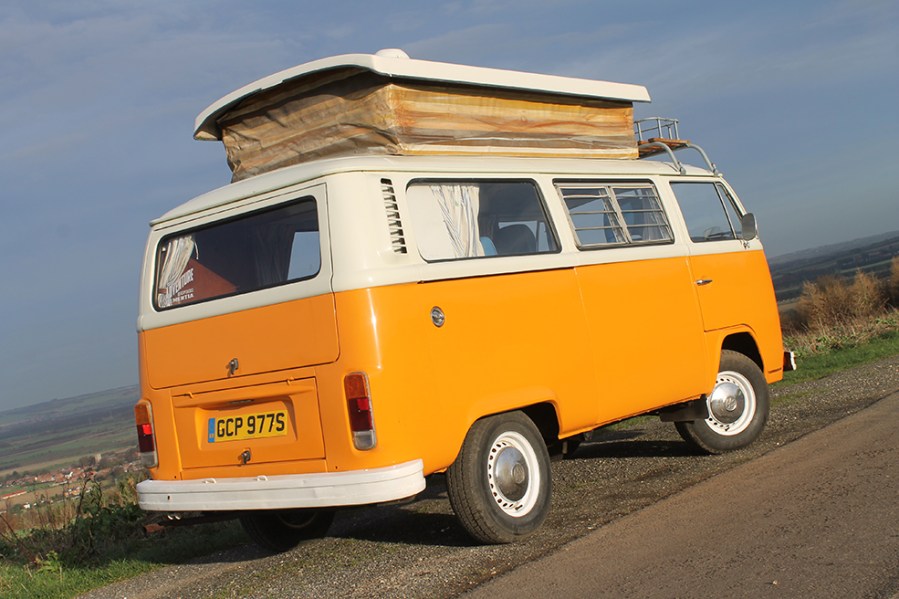
Bodywork
The biggest problem by a long way is rust, and with substantial costs involved in a professional restoration and the potential for shiny examples to be hiding all manner of filler-related horrors, you need to tread very carefully. Both T1 and T2 are as bad in this respect, and while we could list all of the areas suffice to say it’s going to be a case of checking every single inch of metalwork for signs of corrosion – just start at the front panel and work backwards from there, ending in the darkest recesses of the engine bay. Rust bubbles and wavy panels could be a precursor to much worse beneath, so don’t dismiss seemingly minor issues without further investigation.
It’s crucial to scrutinise the underside too, looking for any rot in the floors and in the chassis legs and outriggers, where scruffy patching and welding should ring alarm bells. Even if you’re keen on a restoration project – and plenty have been bodged over the years – just remember how much time and money can be ploughed into getting the shell into a sound condition. The good news is that just about every panel and repair section is available from specialist suppliers such as the Heritage Parts Centre, so there’s nothing to worry about on that score.
Assuming you’ve found one with fundamentally solid bodywork then spend time checking things like the operation of sliding side doors – sorting them isn’t hard – and assessing the overall appearance. There’s plenty of ways to dress up a camper with snazzy colours and additional brightwork but not all will be to your taste, so consider how easy it will be to change things and budget accordingly.

Engine and transmission
The paucity of power and performance means most campers have been upgraded by now, either with larger engines and/or traditional tuning methods. There’s a vast range of options out there – budget from around £3000 for a brand-new, bigger capacity motor – and a wealth of specialists means you won’t be short of advice when it comes to making a camper easier to live with. Just be sure to ask what’s been done and check on the quality of the work.
Properly maintained, the air-cooled engines will soldier on for many miles (oil and filter changes every 3000 miles is sensible) but look for smoky units suffering from worn valve guides, piston rings and cylinder bores. Oil leaks can be a pain to cure, too; any from between engine and gearbox means hauling the unit out. It’s also a good idea to pull on the crank pulley to check for movement; anything obvious means excessive crankshaft end-float and an impending rebuild. And make sure there’s no overheating caused by thermostat or cooling flap issues, nor a smell of fuel in the cabin due to aged and perished pipework or a corroded fuel tank. The exhaust system and heat exchangers need examination, too.
The air-cooled engines are very DIY-friendly, though, so servicing and rebuilds are well within the scope of the competent home mechanic. The other engine to mention is the EA111 water-cooled unit fitted to Brazilian-built models from 2005; borrowed from the VW Polo, it’s reliable but ensure servicing and cam belt changes haven’t been skipped.
Turning to the gearboxes, manuals were four-speed units (the T2 was also offered with a 3-speed auto) and although fundamentally reliable you’ll want to check for jumping out of gear, worn synchromesh and whining bearings. Rebuilding the linkage might cure an overly obstructive shift and evidence of regular oil changes is good news. Budget £1500 or so for a brand-new ‘box. The last thing to check is the health of the clutch as fully loaded campers will give it a hard time.
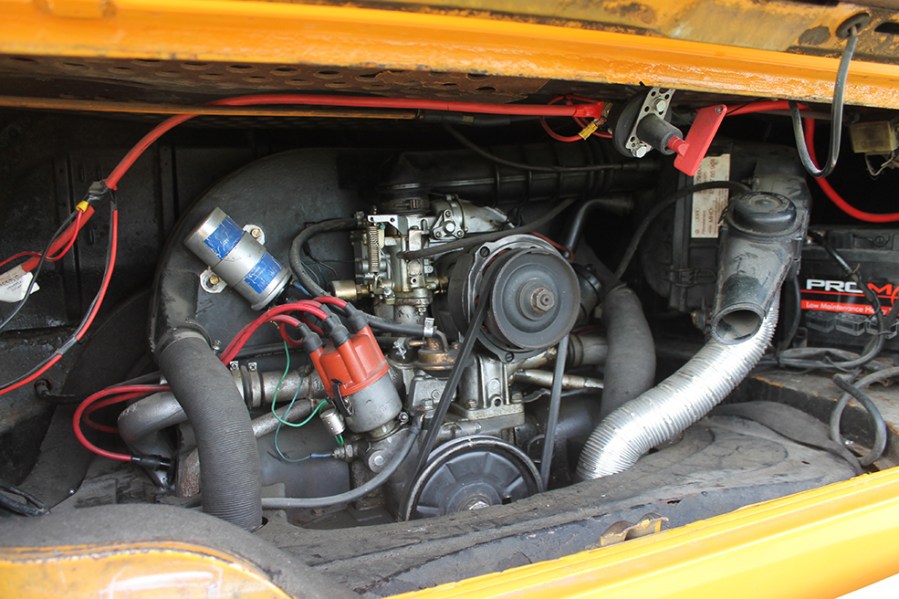
Suspension, steering and brakes
There are notable differences between the T1 and T2 when it comes to the suspension, not least of which is the latter’s swap from swing axles to an independent set-up at the rear. You’ll need to check that a T1 has benefitted from a regular lubrication regime, and both versions need a thorough check for corrosion around spring and damper mountings.
Consumables are cheap with T2 dampers costing £50-60 each, but a more involved overhaul will see costs mount up so haggle accordingly if work is needed. Ask about any upgrades and if you’re looking at one that’s been lowered make sure you’re happy with how it’s been done and how well it drives; it may be far too harsh-riding for family holiday duties. As for the steering, well, precision isn’t really part of the repertoire but excess play or wandering will need closer investigation. There are numerous wear points such as idler arms, ball joints and track rods but replacement parts aren’t expensive. A new steering box will be pricier, though, at £350-plus. You could opt for a rack and pinion conversion but these can be up to £1500 for the kit, so consider whether that’s a worthwhile investment for the use you have planned.
Don’t expect the brakes to be up to modern standards but they’re capable enough and you’ll soon adapt. Inspect all models for wear and tear and for corroded or seized components, and bear in mind that the T2 ultimately got front discs that improved matters, and later models got a servo that needs a check for leaking pipework.
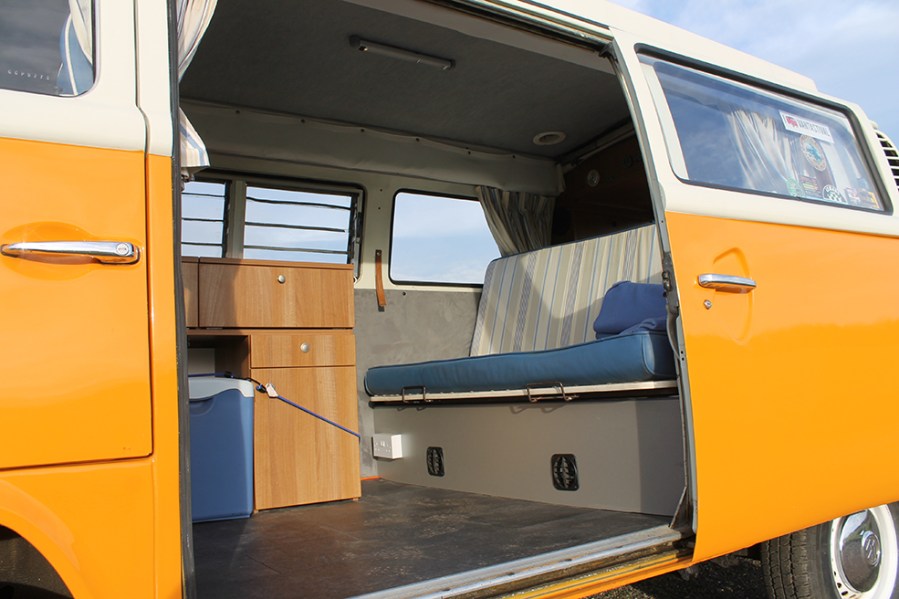
Interior, trim and electrics
Whether it’s one of the popular period camper conversions or a home-built affair it’s going to be a case of assessing the overall condition of furniture and fittings, and budgeting accordingly if renovation is needed. Only you know how much work you’re willing to put in, but don’t underestimate the cost if things are really tatty. In any case, the most important thing is establishing the safety of any electrical or gas installations – especially crucial for DIY conversions – so getting expert advice is best. You should also look for evidence of water leaks that can ruin an interior and lead to corrosion in the floorpan, along with the condition of the elevating roof if fitted.
As for overall condition everything is available to refurbish a tired interior – a set of good quality front seat covers costs £250-300 while complete kits that also include carpets and door/trim panels are upwards of £500. In terms of the general electrical system, it’s all very simple so just check everything works; problems are likely due to poor connections, aged and perished wiring and ham-fisted modifications.
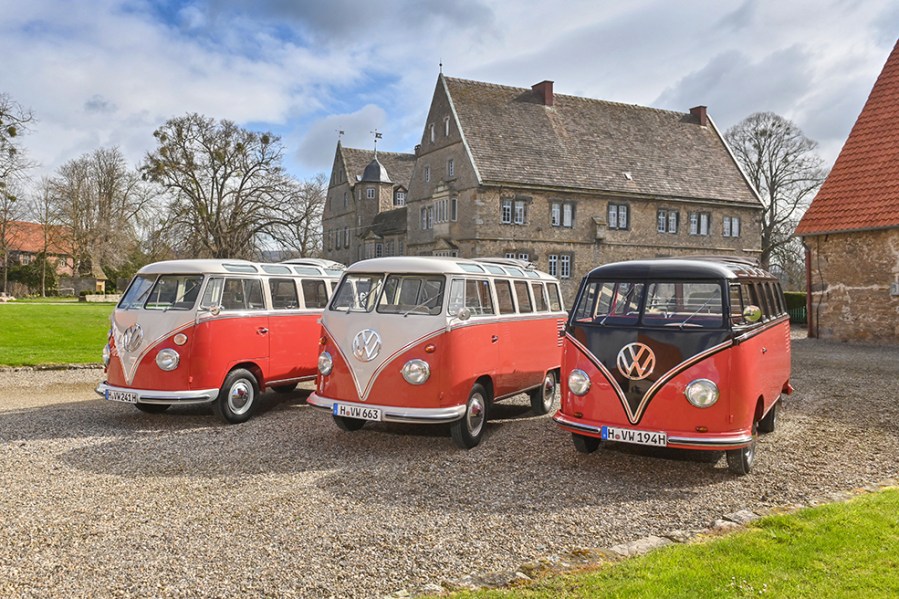
Volkswagen Camper (T1 & T2): our verdict
There’s no doubt these characterful old buses deserve their popularity, and we’d certainly understand if you were tempted. Few classics offer such a sense of fun and freedom, and whether you’re cruising through California or Cornwall they’ll put a smile on your face. Probably. There’s no escaping the fact that these vehicles are slow, noisy and fairly cramped so while the idea of escaping the daily drudge for a spot of camping might appeal why not hire one first to be sure you can live with it? But if you’re convinced it’s for you then our advice is to avoid restoration projects and instead look for a solid example that’s ready to go. It will save a lot of expense and pain in the long run, and months of welding can dampen anyone’s holiday spirit…
The lengthy production run and wide variety when it comes to condition makes precise valuation a tricky affair, but it’s no surprise that split-screen campers are the most valuable. You can pay anything from £10,000 to £65,000 for one of those, but while they’re packed with character there’s more compromises when it comes to the driving experience. A Bay Window may suit you better, and a late-’70s project example can be bagged for around £4000. Usable but scruffy ones are twice that, but paying £12,000 to £20,000 will secure something much nicer, so that’s where we’d be looking. The very best fetch up to £35,000 depending on age.

Volkswagen T1 & T2 timeline
1950
The T1 arrives and proves an instant hit. The low power outputs were addressed later on, and the famous 21/23-window Samba appeared in 1951.
1967
With the end of T1 production in Germany (after more than 1.5 million were made) it’s the turn of the Bay Window T2. Models made after 1971 are known as the T2b late-Bay, with changes gradually introduced over the next couple of years.
1971
Disc brakes added and the 1584cc engine gains twin ports.
1972
Revised styling for the 1972 model year includes larger tail lights, rear air intakes and slightly wider rear wheelarches. New 1.7-litre Type 4 engine introduced as an option (enlarged to 1.8-litres for 1974 model year and 2.0-litres for ’76 model year).
1973
Front indicators relocated higher up next to air intake, new bumpers and a smaller Volkswagen badge introduced.
1979
Production continues in South America, but German-built ones come to an end to be replaced by the T25. Around 3.2 million had been made by this point.
2005
Brazilian campers swap the legendary air-cooled engine for a 1.4-litre water-cooled engine. Shared with the VW Polo and Fox, it makes 78bhp and can be identified by the radiator grille on the nose.
2013
The last example is made in Brazil, bringing to a close more than 60 years of camper production.

